Everyone has a favorite crop they love to grow every summer, and green beans are my favorite. These plants are easy to grow, take up little space, and produce large harvests, as long as you don’t make any of these green bean growing mistakes.
Green beans thrive in the summer; I often harvest enough beans to preserve up to 50 jars and all the fresh eating our family wants. These plants are prolific when grown in optimal conditions.
That doesn’t mean it’s impossible to make mistakes.
I notice that some gardeners assume that since these plants are so easy to grow that you plant them and let them grow. That’s far from the truth. They still need to be watered, fertilized, and tended, like all other plants in your garden.
If you’re dying for some huge green bean harvests, make sure you read these green bean growing mistakes and ensure that you don’t make these same mistakes.
Jump to:
- 11 Green Beans Growing Mistakes
- 1. Planting Too Early
- 2. Planting the Wrong Variety of Green Beans
- 3. Not Amending the Soil Before Planting
- 4. Planting Somewhere Without Full Sunlight
- 5. Not Spacing Your Plants Enough
- 6. Planting Seeds Too Deeply
- 7. Not Soaking Green Bean Seeds Before Planting
- 8. Not Watering Enough
- 9. Forgetting to Fertilize
- 10. Ignoring Pests on Your Green Bean Plants
- 11. Not Planting in the Fall!
11 Green Beans Growing Mistakes
1. Planting Too Early
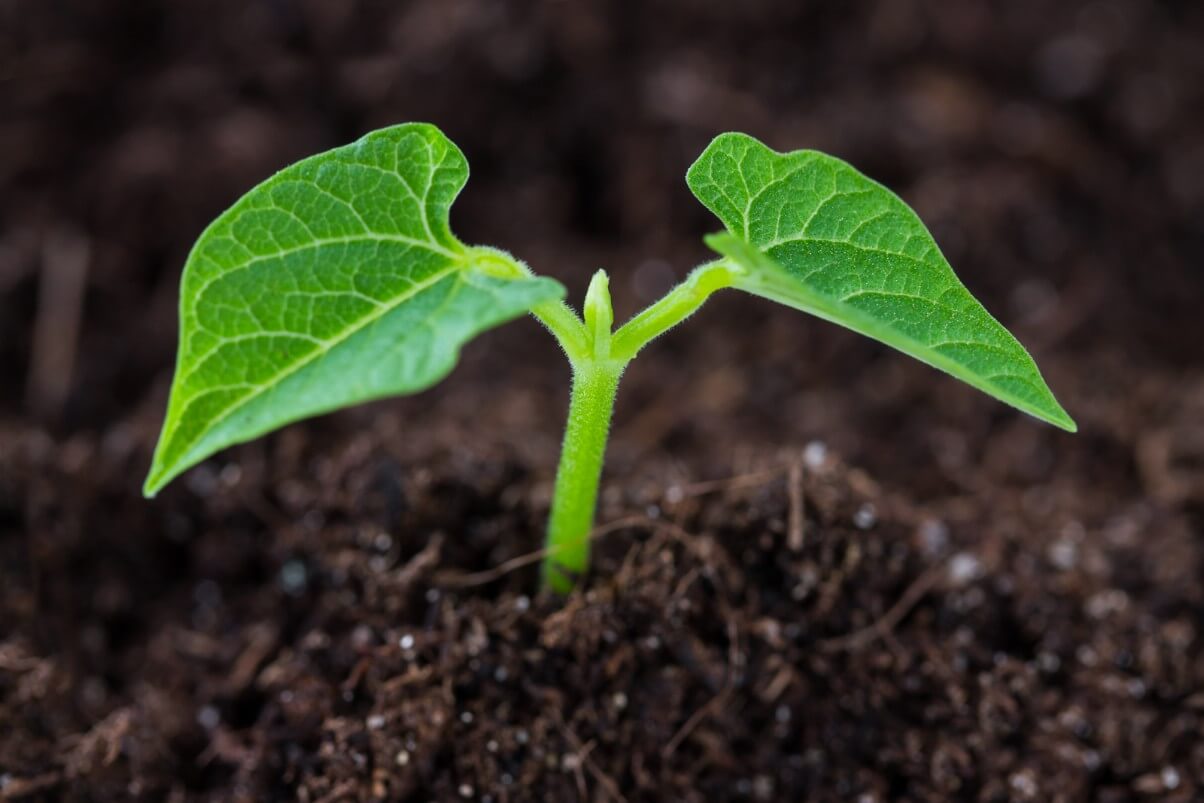
One of the first green bean growing mistakes that gardeners often make is planting too early.
My husband wants to start planting as soon as the weather warms up, and inevitably, I remind him that Mother Nature doesn’t play fair. You will lose too many plants if you don’t wait to ensure the temperatures are above freezing.
Green beans aren’t frost-friendly plants; you have to wait until the danger of frost is over before planting. The soil should be 60 degrees F to ensure germination.
Learn when your final frost date is for your area and use this to guide when you should plant green beans. It’s best to plant too late because green beans typically only need 50-60 days to reach maturity than to plant too early.
2. Planting the Wrong Variety of Green Beans
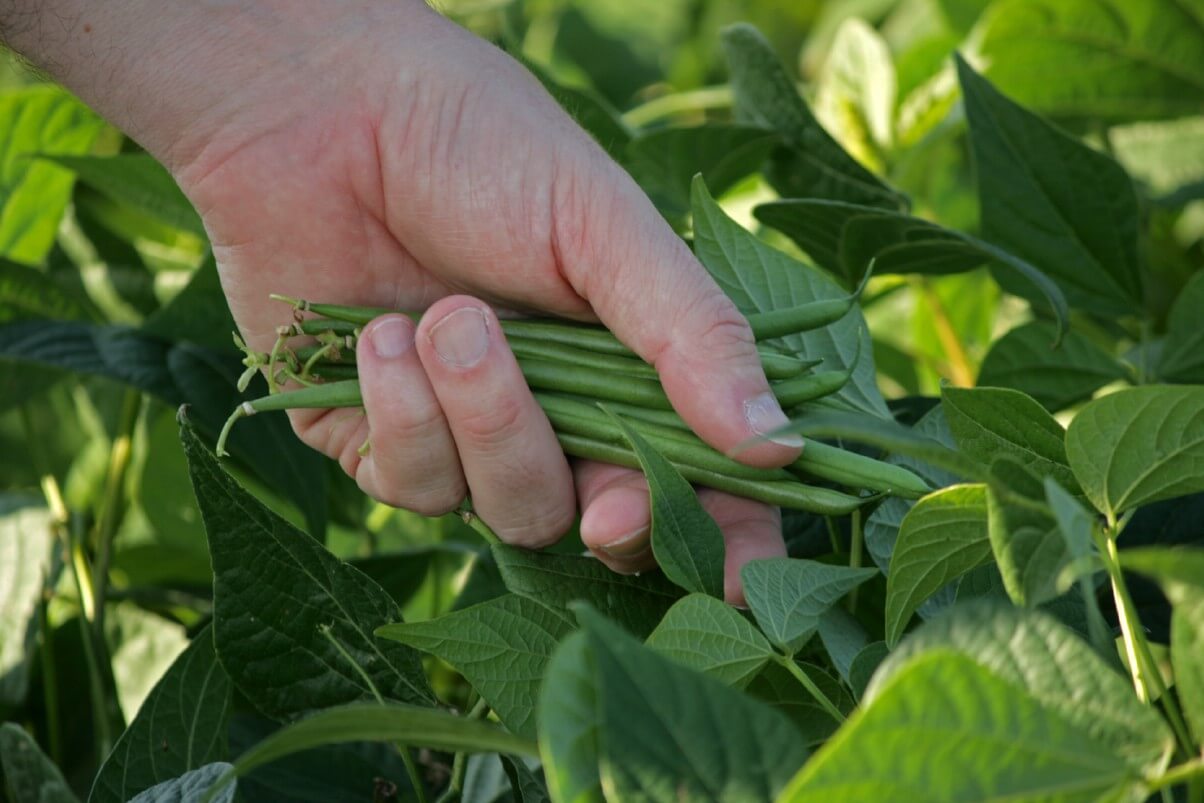
When you look at a seed catalog, you’ll find dozens of bean varieties to plant in your garden. Green beans aren’t just green; they come in yellow, purple, red, and speckled. Others have a waxy coating that others don’t have.
Then, some beans are bush plants, and some are pole beans. Pole beans need a trellis or support system to grow upward. Bush beans are small, two-foot plants.
Both have pros and cons, so consider the type of bean that you want to grow before planting.
Pole beans require more space than bush beans, and you have to make sure you provide support. Look at your growing space and determine which variety of green beans will fit your needs and space the best.
3. Not Amending the Soil Before Planting
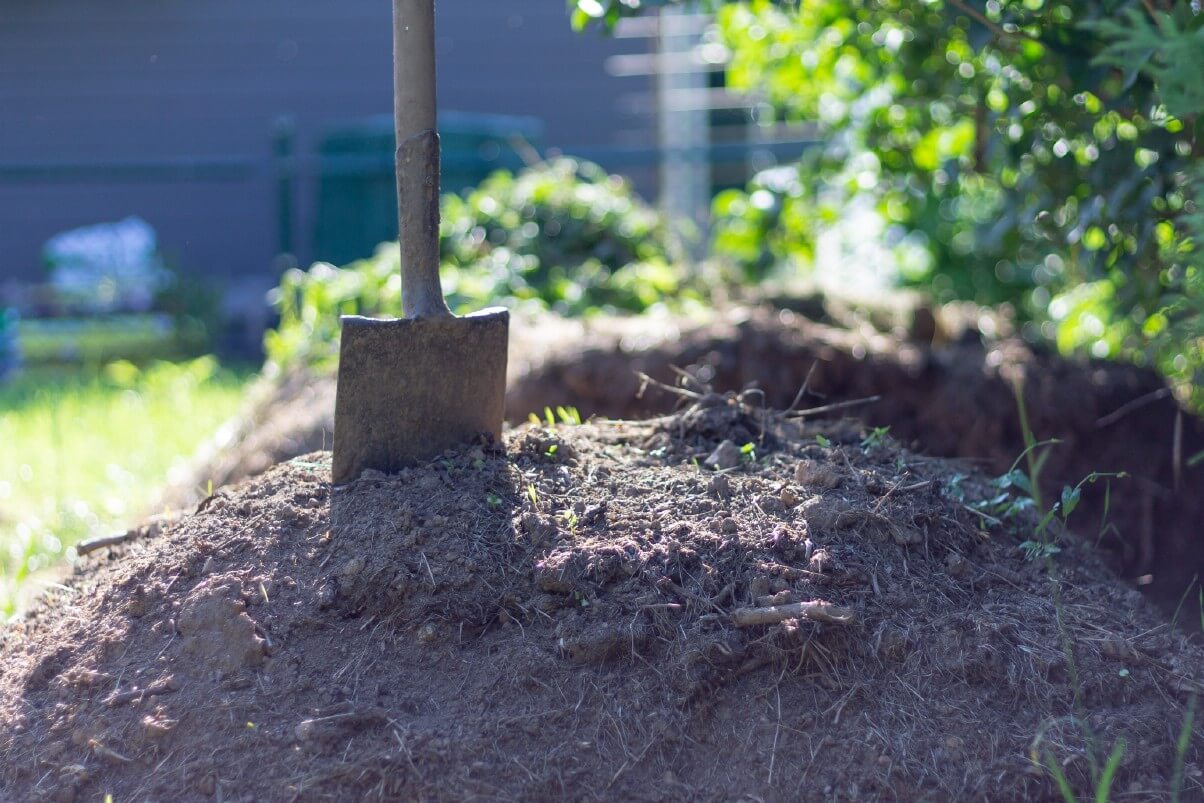
One of the assumptions I notice when growing green beans is that, since they don’t typically need to be fertilized too much, they don’t need rich soil.
Don’t make that green bean growing mistake.
The soil needs to be rich and well-draining for proper growth. Before planting green bean seeds, make sure you amend the soil with compost. Compost adds the vital nutrients to your soil that the plants need to grow.
Make sure you aerate the soil before planting bean seeds. The soil shouldn’t be compacted or too hard, or the roots will struggle to grow.
4. Planting Somewhere Without Full Sunlight
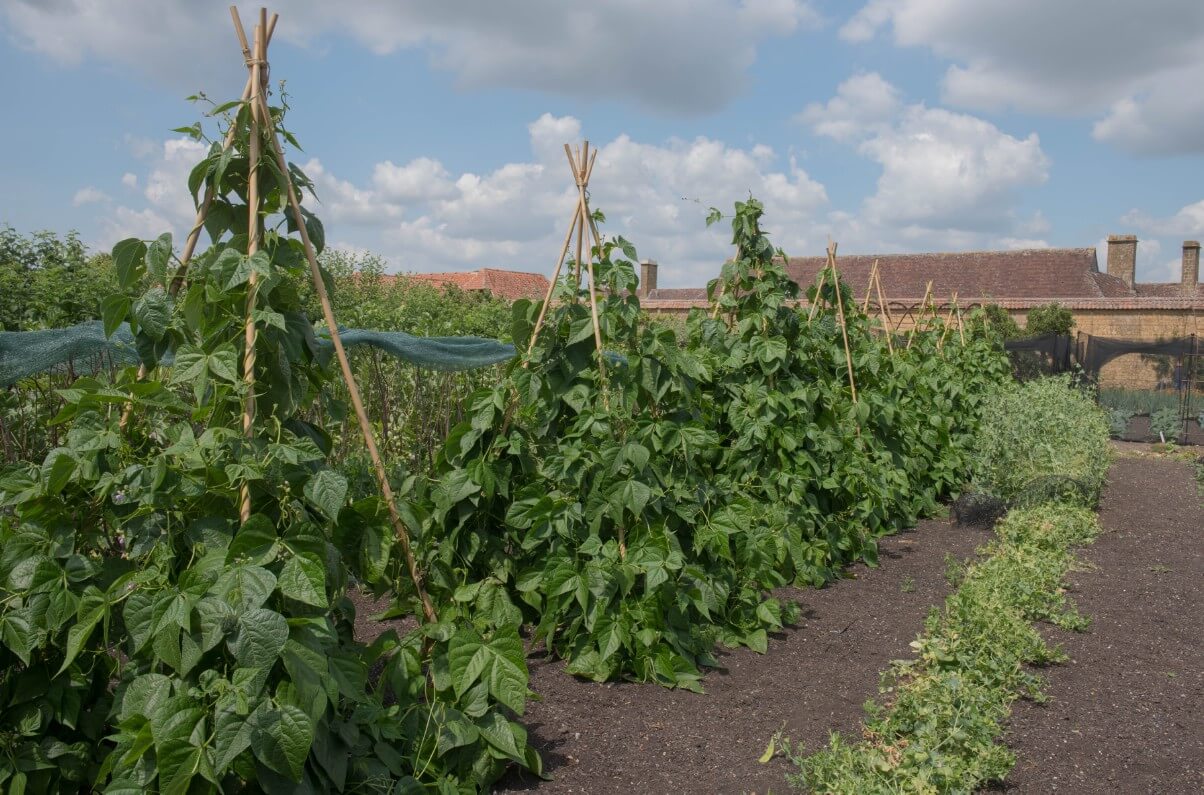
Beans are one of the easiest plants to grow; they grow almost anywhere. However, they do have some requirements: they need plenty of sunlight to be happy plants.
Ensure you observe the location where you want to grow beans and ensure the area receives six to eight hours of sunlight daily.
Also, avoid planting green beans near onions and garlic, and don’t plant them where these plants once grew. These crops stunt the growth of bean plants.
5. Not Spacing Your Plants Enough
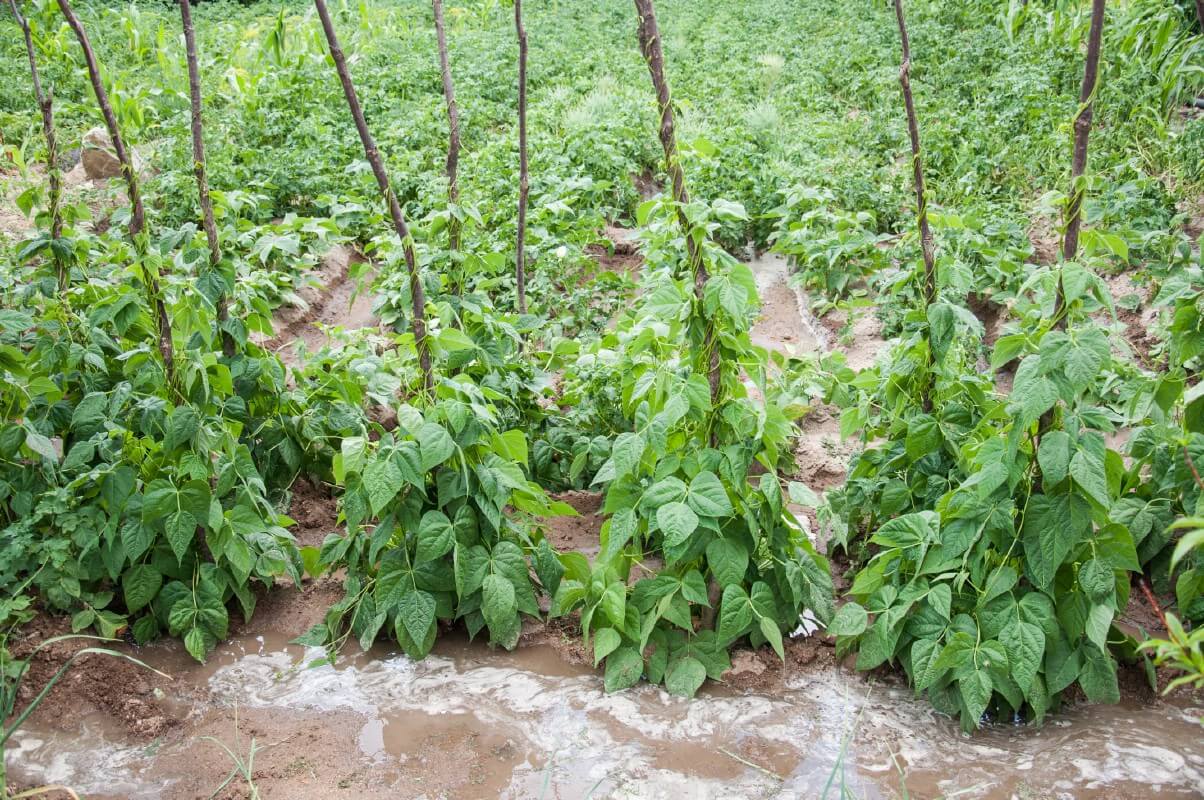
When it’s time to plant the green bean seeds, make sure you give them the proper spacing required. These plants handle being planted close together, but at some point, close becomes too close.
The biggest problem is that spacing the plants too close leads to reduced airflow and more fungal diseases. However, it also reduces the overall size of your plants and your yield amount.
Here is how to properly space green bean plants.
Measure your rows; they should be spaced three feet apart. Then, if you’re growing bush beans, they need to be planted one foot apart or less if you use the square foot gardening method.
Pole, or running, beans need much less space between because the plants grow upward like vines. Make sure the support system is in place when you plant the bean seeds.
6. Planting Seeds Too Deeply
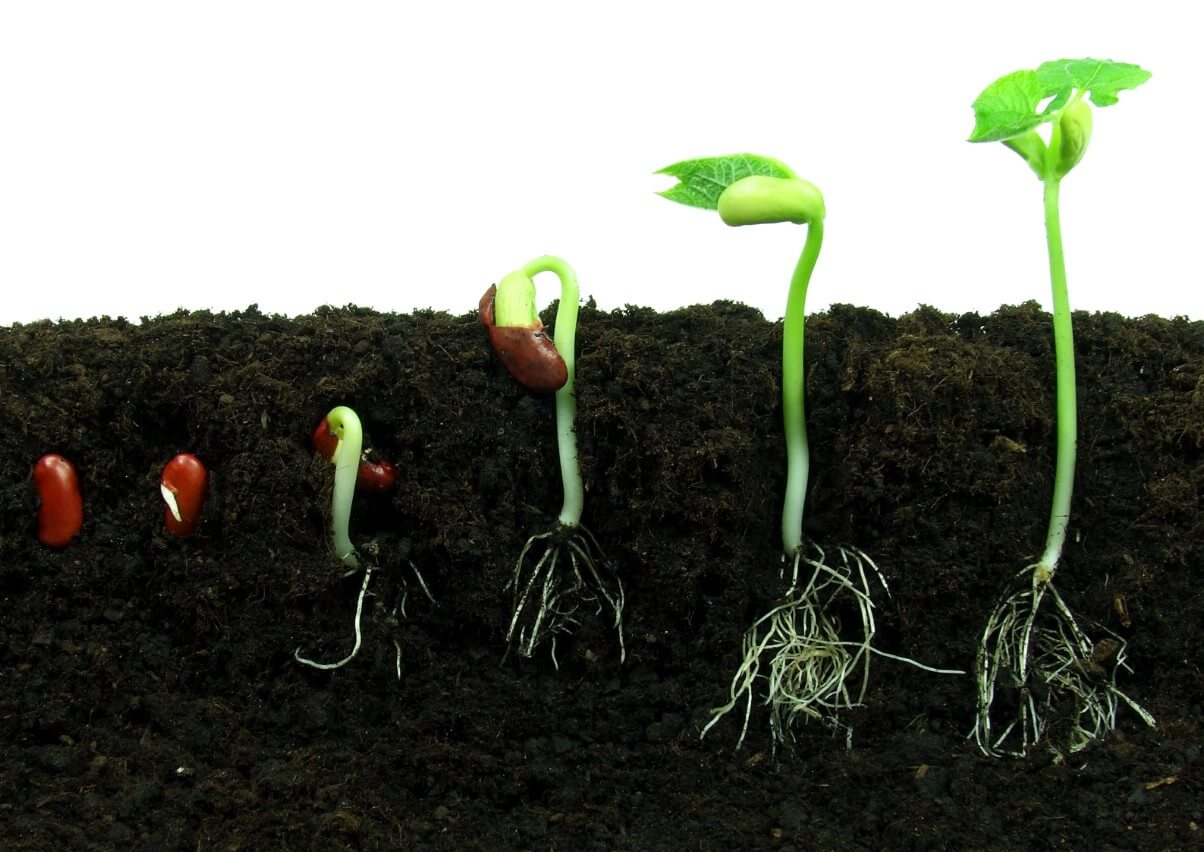
Knowing how deep to plant your green bean seeds is vital. Direct sowing is the best way to plant green beans because they sprout and grow fast; starting them indoors is rarely needed.
When you plant them outside, you need to do so at the proper depth. If you plant green bean seeds too deeply, they’ll fail to sprout.
Plant green bean seeds one inch beneath the soil during the spring and fall. In the summer, plant as deep as two inches in the ground. It’s recommended to plant the seeds deeply in the summer because the warmer temperatures cause the seeds to dry out and fail to germinate.
If you plant the seeds too deeply, they might struggle to sprout out of the surface and rot before reaching the top. That’s an easy mistake to make, but it’s also an easy mistake to fix.
7. Not Soaking Green Bean Seeds Before Planting
Are you forgetting to soak your green bean seeds before planting? If so, stop making this green bean growing mistake!
Many large seeds, such as green beans, germinate better and faster when soaked beforehand. It’s safe to soak them in water for up to 24 hours before planting.
I typically put my seeds in a cup of water the night before planting them outside in my garden. Twelve hours seems the optimal time to soak green bean seeds in my garden, but experiment to see what works best for your garden.
8. Not Watering Enough
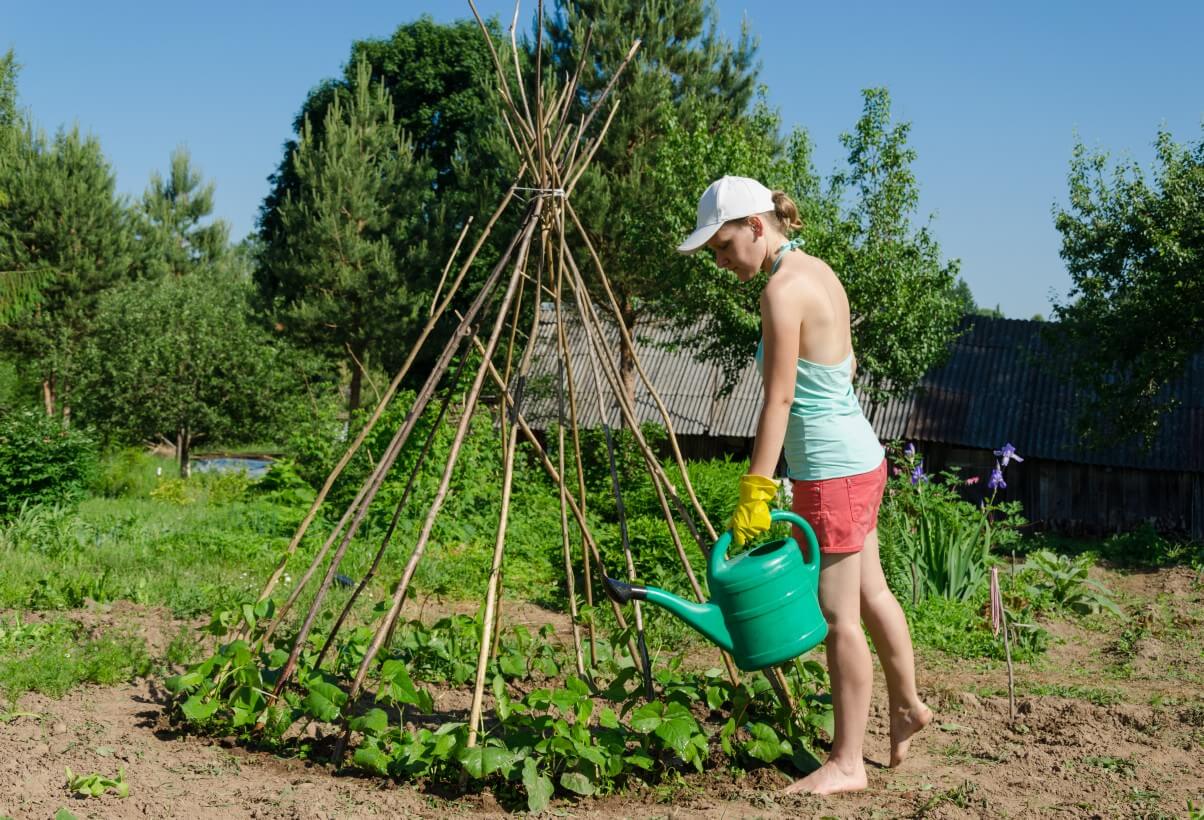
One of the biggest green bean growing mistakes is not watering enough. When you look at a green bean bush plant, it’s easy to assume that they don’t require a lot of water due to their size.
That’s the wrong assumption.
Green bean plants need to be watered deeply, and if the plants fail to get enough water, they won’t produce as many beans.
The best way to water green bean plants is to soak the plants’ soil every few days. The ground should have time to dry before the next watering. Deep watering gives the water time to reach the roots, and it tells the plant to grow a deeper, strong root system. That leads to healthier plants.
9. Forgetting to Fertilize
Green bean plants aren’t heavy feeders, but that doesn’t mean the plants don’t benefit from extra feedings throughout the growing season.
These plants love nitrogen, and giving them boosts throughout the season helps them grow and thrive well. The more nitrogen they have, the better these plants grow.
You don’t have to fertilize green beans often. Remember, they typically reach harvest around 50-60 days after planting, so you only need to fertilize once per month. If you notice the foliage on the plants turning yellow, it’s a sure sign that they need more food.
10. Ignoring Pests on Your Green Bean Plants
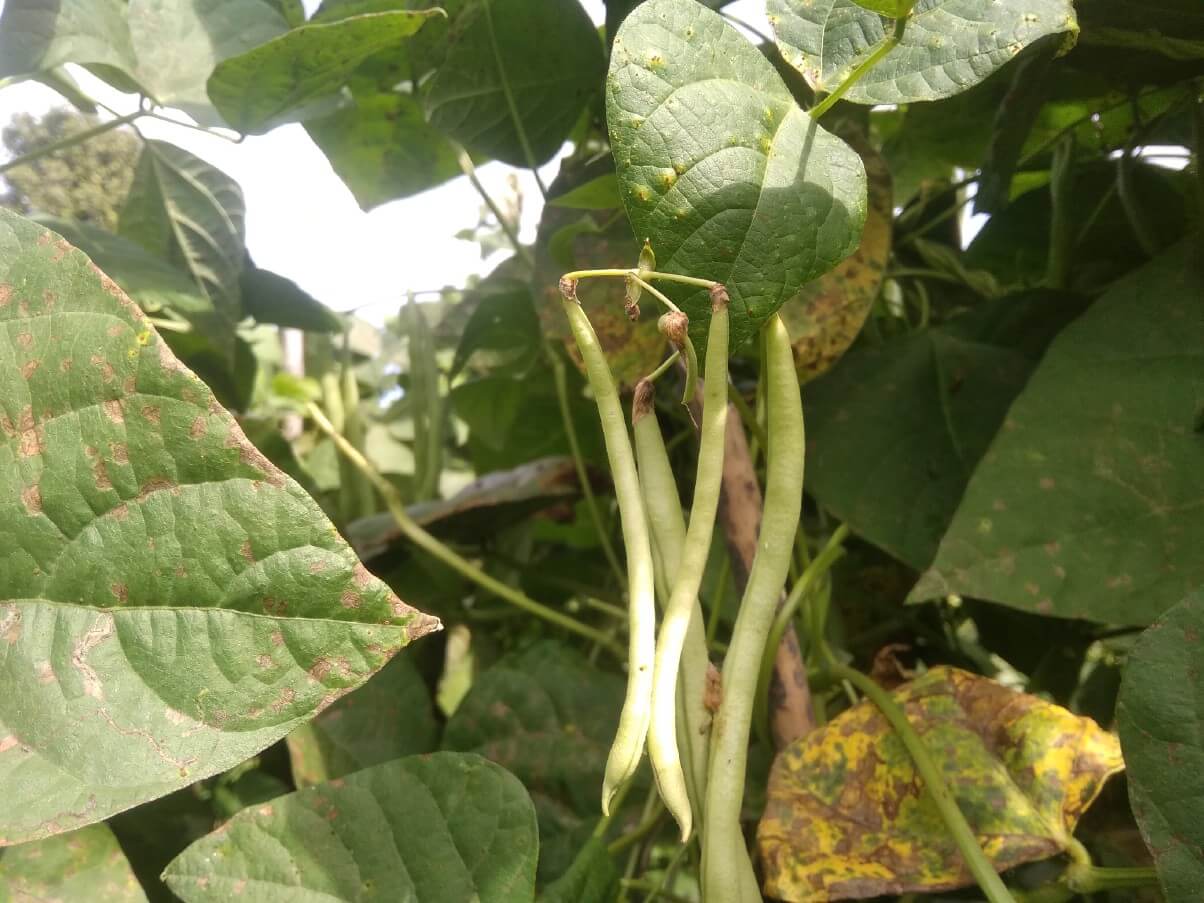
Another one of the common green bean growing mistakes is ignoring pests that might infect your plants. Pests come into your garden, and they cause serious damage if you don’t pay attention.
I suggest you take a look at your green bean plants daily to make sure no pests are taking over the plants.
Catching pests early also makes it much easier to treat and get rid of them. Any pest is easier to treat and eradicate whenever the population is small.
Luckily, green bean plants are rarely infested by pests that are impossible to treat. Organic and non-organic methods work well for most green bean pests.
11. Not Planting in the Fall!
One of the last green bean growing mistakes you don’t want to make is forgetting to plant beans in the fall.
Depending on your growing season length, you can grow more than one planting of beans. Most bean plants take 60 days to reach maturity, so if you have a growing season of at least 120 days, try growing a second planting.
Final Thoughts
If you want to have a prolific green bean season, avoid these green bean growing mistakes. With the right gardening tricks, your plants will produce dozens of pounds of beans to enjoy with your family for dinner.

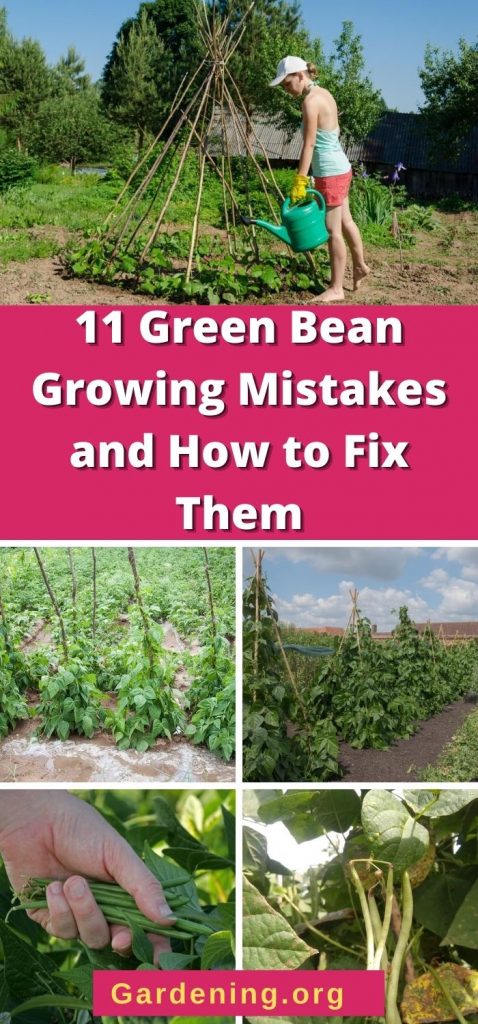
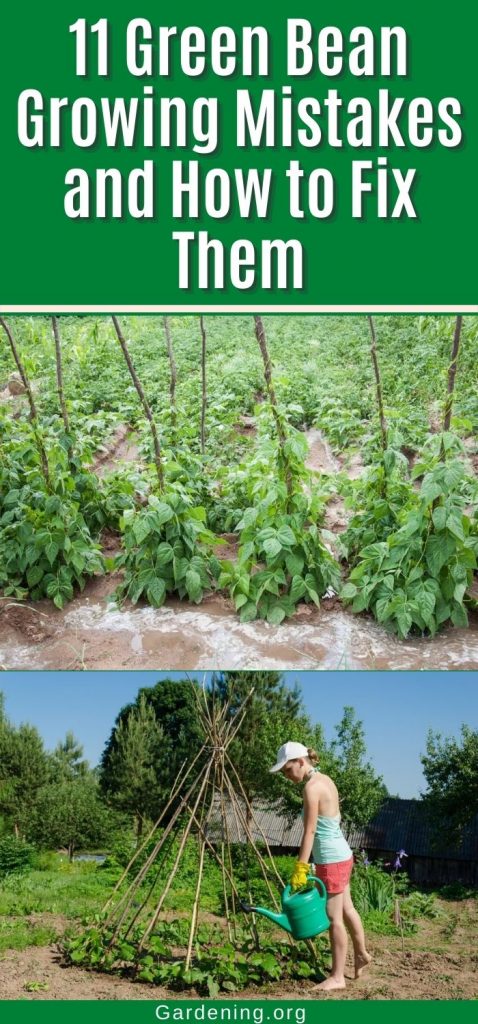
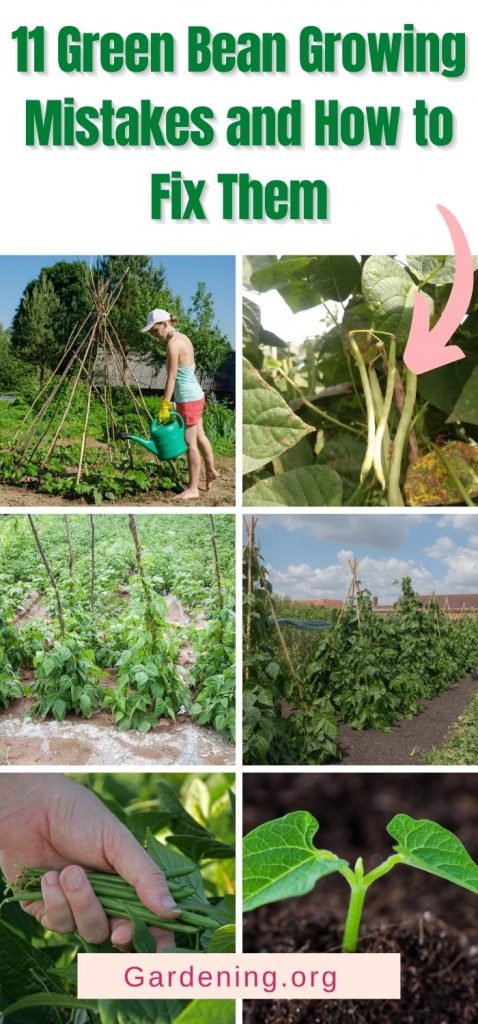
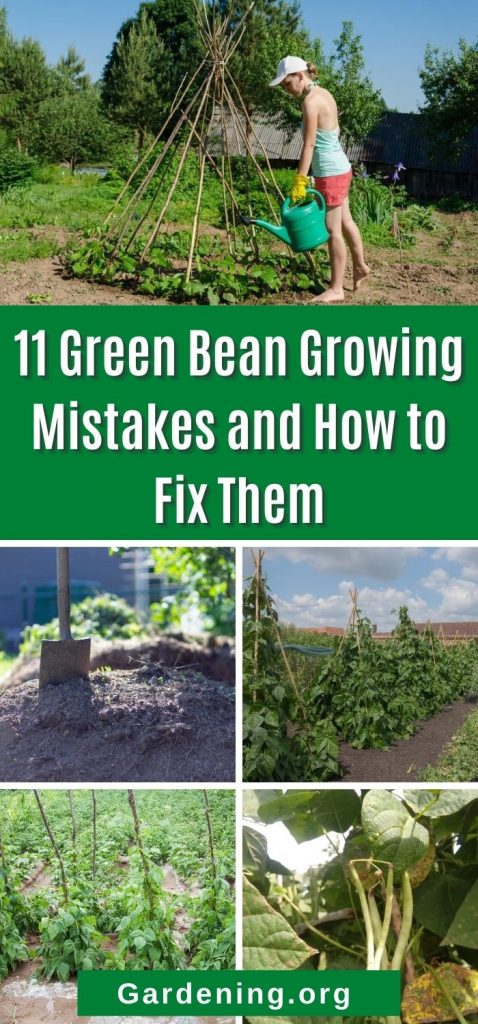
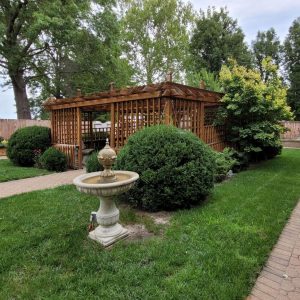
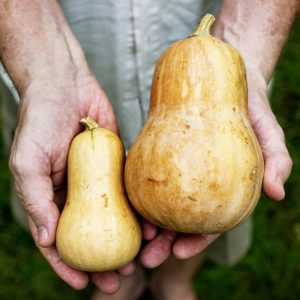
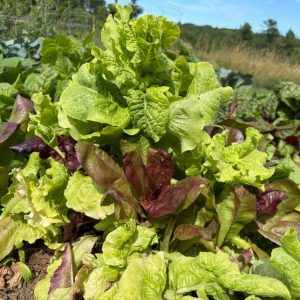
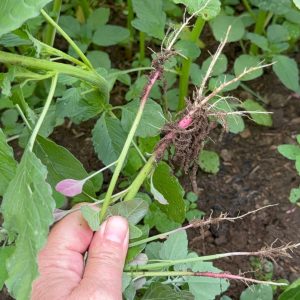
Leave a Reply